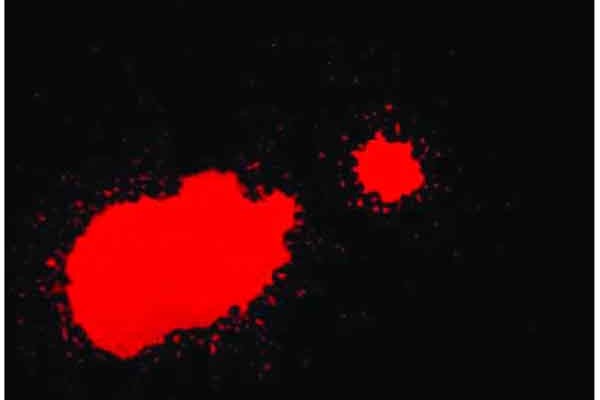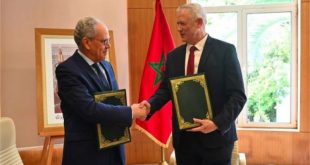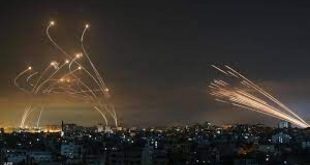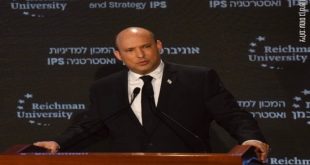When Raphael Lemkin coined the term ‘genocide’ in 1944, he would have been hoping against hope that it would not have to be used to describe any events in the future. Mankind had witnessed the horrors of Herero, Zulu, Assyrian, Kurd and the more documented Congolese and Armenian genocides, in addition to the Holocaust, in the previous half a century and hopes of history not repeating itself following the culmination of the Second World War seemed almost possible. That, however, was not to be, as cataclysmic events in Zanzibar, Guatemala, Rwanda, Cambodia, Iraq, Bosnia and other genocides attributed to communist regimes in the next 50 years or so revealed. In our neck of the woods – if one could take the liberty of dubbing ‘East Pakistan’ as such – the Bengali ‘genocide’ in the lead-up to 1971 witnessed some of the most callous brutalities in history.Once the century – and the millennium – turned it was time to get all optimistic again. Mankind hoped once again that we had collectively evolved and that no one would want to witness ethnic cleansing in any form. However, seemingly man cannot evolve sufficiently to not want the systematic extermination of an entire ethnicity, race or religious group. Genocide has returned, and once again, in our “venerable” neck of the woods.On March 13 this year, Ahle Sunnat Wal Jamaat (ASWJ) the ‘reincarnation’ of the banned militant organisation Sipah-e-Sahaba Pakistan (SSP) organised a Tahafuze Ahle Sunnat Conference in Quetta. Renowned Shiaphobes were presented shields by ASWJ chief Ahmed Ludhianvi and witnesses reveal that slogans of “Shia kafir!” resounded throughout the ceremony. This in a city which has become the hub of Shia genocide, where a couple of bomb blasts targeting the Shia Hazara community killed nearly 200 people in the first two months of last year.The United Nations Convention on the Prevention and Punishment of the Crime of Genocide (CPPCG) of 1948 defines genocide as “any of the following acts committed with intent to destroy, in whole or in part, a national, ethnical, racial or religious group, as such: killing members of the group; causing serious bodily or mental harm to members of the group; deliberately inflicting on the group conditions of life, calculated to bring about its physical destruction in whole or in part; imposing measures intended to prevent births within the group; [and] forcibly transferring children of the group to another group.” The definition accurately fits the Shia persecution in Pakistan.
The total number of Shia killed in direct militant attacks since Pakistan’s inception is over 10,000
Anwar Shah, Dr Qasim Abbas, Dr Raza Haider, Ali Bahaar, Advocate Waqar ul Hassan, Ghulam Hussain, Mohammad Karam, Ghulam Haider and Behram Khan all belonging to the Shia community, have been killed in April alone by militants who have allegedly been linked with ASWJ. 200 Shia doctors have been targeted and killed since Pakistan’s creation; 70 in Karachi alone between the years 1992 and 2002.
Shia scholars Nasir Abbas, Alim-Al Musvi and Taqi Hadi Naqvi have been allegedly shot down by the same group over the past five months. 502 Shia were targeted and killed in the year 2012. The total number of Shia killed in militant attacks since Pakistan’s inception is believed to be around 20,000 with over 10,000 of them in direct attacks on the Shia community according to Global Human Rights Defense on Pakistan’s report in 2012.
Shia genocide has for long been dubbed a ‘sectarian conflict’ – implying that it’s a two-way war– and has been showcased as a legacy of the Zia era and a corollary of the Saudi-Iran proxy war. While the proliferation of Deobandi madrassas aggravated the conflict in the 1980s, the first act of Shia genocide after Pakistan’s creation can be traced all the way back to 1963’s Therih massacre. Dubbing it a sectarian war, despite the prodigiously skewed numbers, would have bordered on veracity till the 1990s when the Shia militant organisation Sipah-e-Muhammad targeted anti-Shia organisations as a response to the manoeuvres of the Malik Ishaq led Lashkar-e-Jhangvi (LeJ) that was formed in 1995, and SSP. Even so there are no indiscriminate attacks attributed to Sipah-e-Muhammad that was banned along with other terrorist organisations in 2001 by Pervez Musharraf. Since 2001 the ‘sectarian war’ has quite unambiguously transformed into Shia genocide, especially after the advent of Tehrik-e-Taliban Pakistan (TTP) as a major terrorist organisation.
As Imambargahs and Shia processions have regularly become targets of bombings over the past decade or so, our media continues to pay lip service to the outdated claims of the Shia killings being a part of a sectarian proxy war. And so even though there are Shia killers, murdering the Shia for being Shia, using the word ‘Shia’ when a member of the community is targeted owing to their faith, has become a media taboo ostensibly to not ‘fuel’ the non-existent ‘sectarian conflict’.
As Pakistan collectively witnesses ethnic cleansing the bystanders – hordes and hordes of them, including the media – won’t muster the ‘courage’ needed to call a spade a spade. Over 20,000 Shia killings and apparently there still are question marks over it being a veritable genocide.
It has been well documented that the deplorable coverage of Rwandan genocide made the extermination of 500,000 Rwandan Tutsi possible. As the Rwandan genocide began in April 1994, years into the commencement of the “digital age”, no media outlet or human rights organisation had even explored the possibility of it being genocide for nearly a month. The first reports of nationwide genocide were printed after 250,000 Rwandan Tutsi had already been butchered. The Rwandan genocide was misreported as being a part of a civil war, just like Shia genocide has been called a part of a sectarian war. And while the scale thankfully isn’t similar, the virtually acquiescing role of media bears an uncanny resemblance to the coverage of events in Rwanda between April and July 1994. While covering genocides sponsored by dictatorial regimes might be impossible for all practical purposes, doing so under a democratic government and an era of “free press” doesn’t take more than journalistic integrity.
After being declared the winner from NA-89 by the Electional Tribunal Ahmed Ludhianvi shall now sit in the parliament just like Azam Tariq did in 1990, 1993 and 2002. With ASWJ being a political ally of the current ruling party, Shiaphobia has once again gate-crashed the parliament. One can unfortunately sense a palpable phobia in the Pakistani media as well. After all just like our politicians, our journalists come from our very own population, 50 percent of whom – according to a PEW survey – echo the anti-Shia militant organisations by dubbing Shia non-Muslims. No wonder one hears the resounding echoes of silence every time the Shia are targeted owing to their religious identity.
The Chancellor of Al Azhar University, Cairo, Dr. Ahmad al-Tayyib, on Shia-ism
Q. In your opinion, is there a problem in Shia beliefs?
A. Never; 50 years ago Shaikh Mahmood Shaltoot, the then Chancellor of Al Azhar, had issued a fatwa saying that the Shia school is the fifth Islamic school of law and philosophy and like any the other school.
Q. If a Sunni Muslim embraces Shia Islam, what should we do?
A. Let them convert and embrace the Shia school. If someone leaves the Maliki or Hanafi sects, do we criticize him? These people are simply leaving one school of Islamic fiqh to join another.
Q. What about marriage between Sunnis and Shias?
A. There is nothing wrong with this, marriage within the schools of Islam is allowed, as is marriage with others of The Book, Ahl-al-kitab.
Q. Do the Shias have a different holy book?
A. These are myths and superstitions of the ignorant. The Shia revere the Quran as do Sunnis.
Q. 23 clerics of a country (Saudi Arabia) issued a fatwa that the Shia are infidels, heretics.
A. Al-Azhar is the only authority that can issue a fatwa for Muslims; therefore the above said fatwa is invalid.
– by Kunwar Khuldune Shahid
Source: LUBPak
 WILAYAH NEWS VOICE OF THE GLOBAL AWAKENING
WILAYAH NEWS VOICE OF THE GLOBAL AWAKENING






